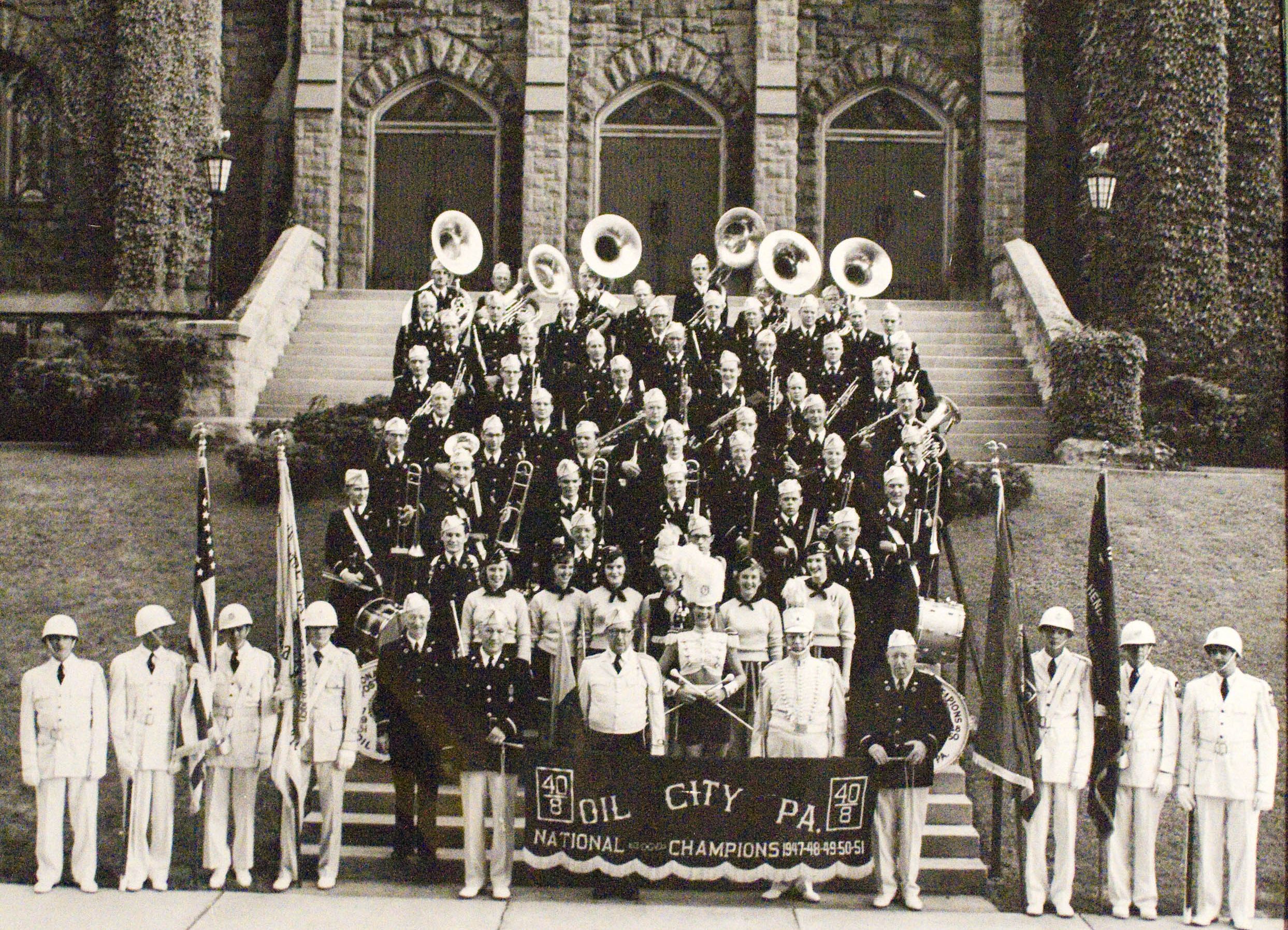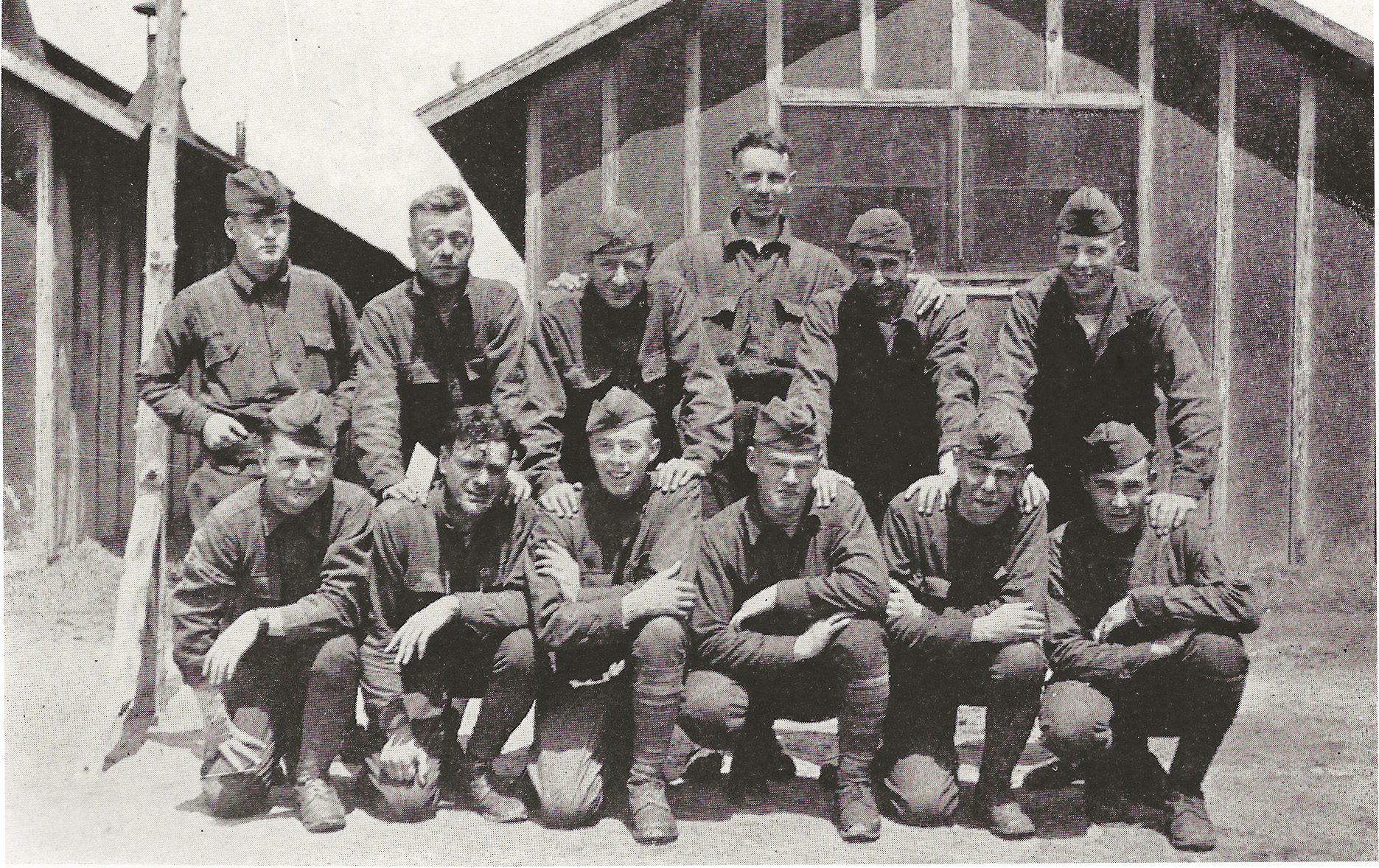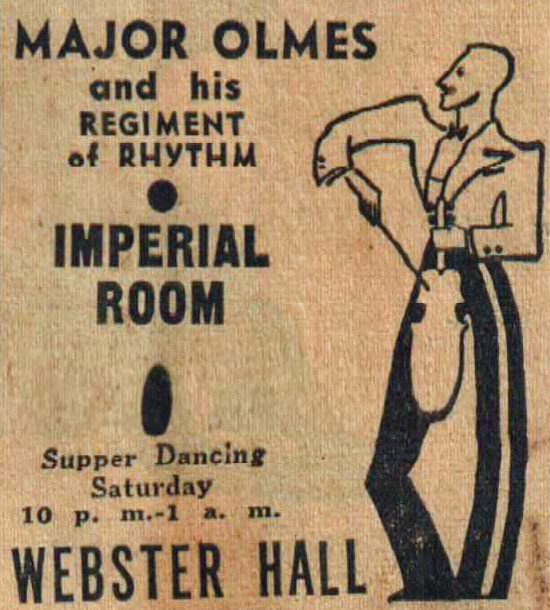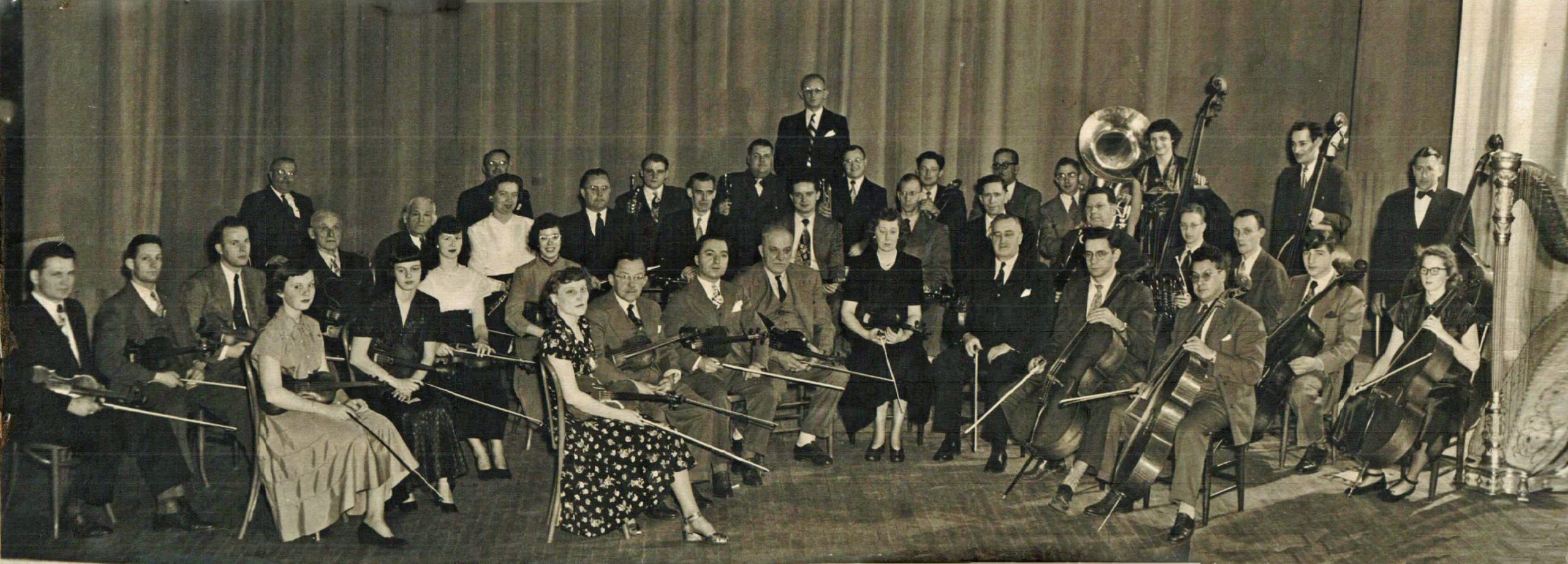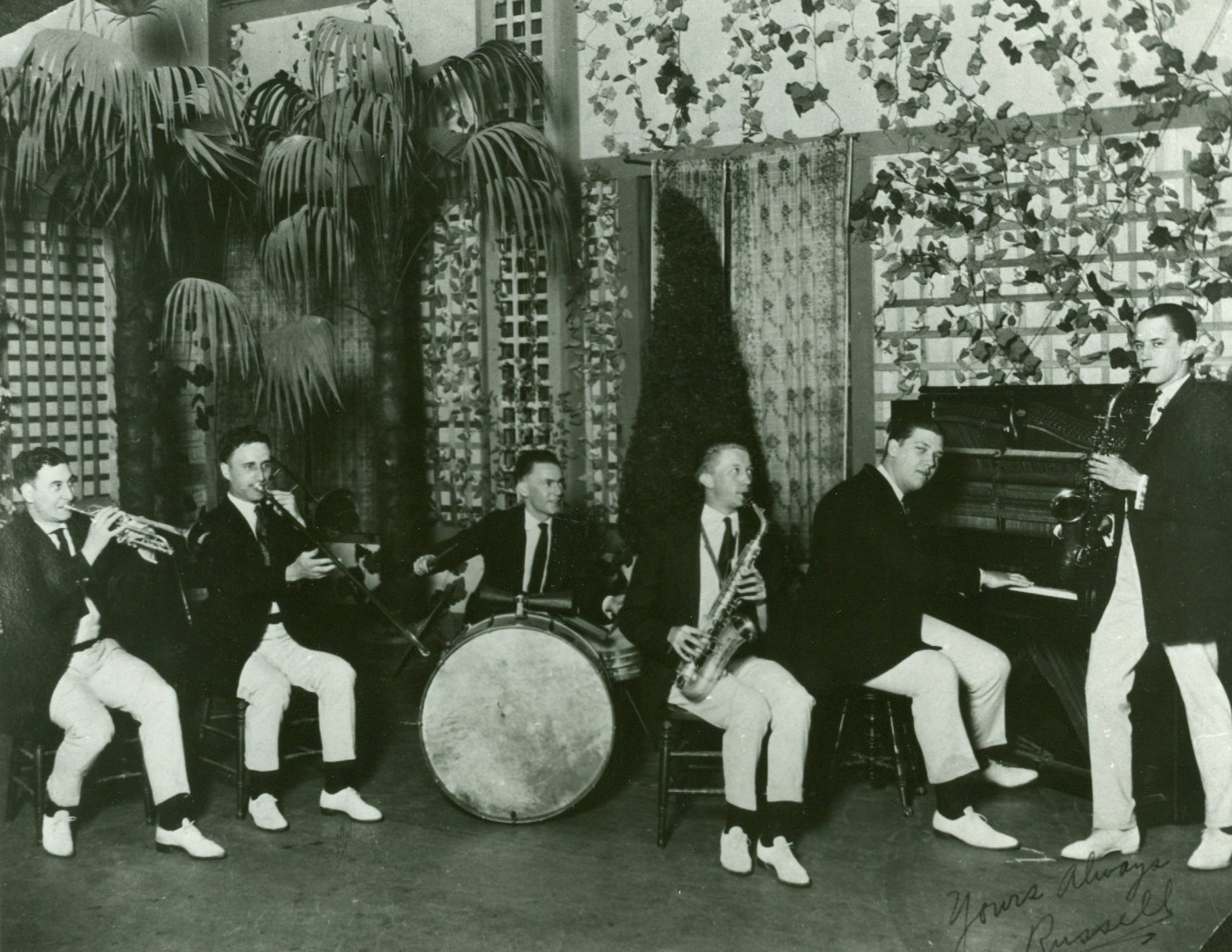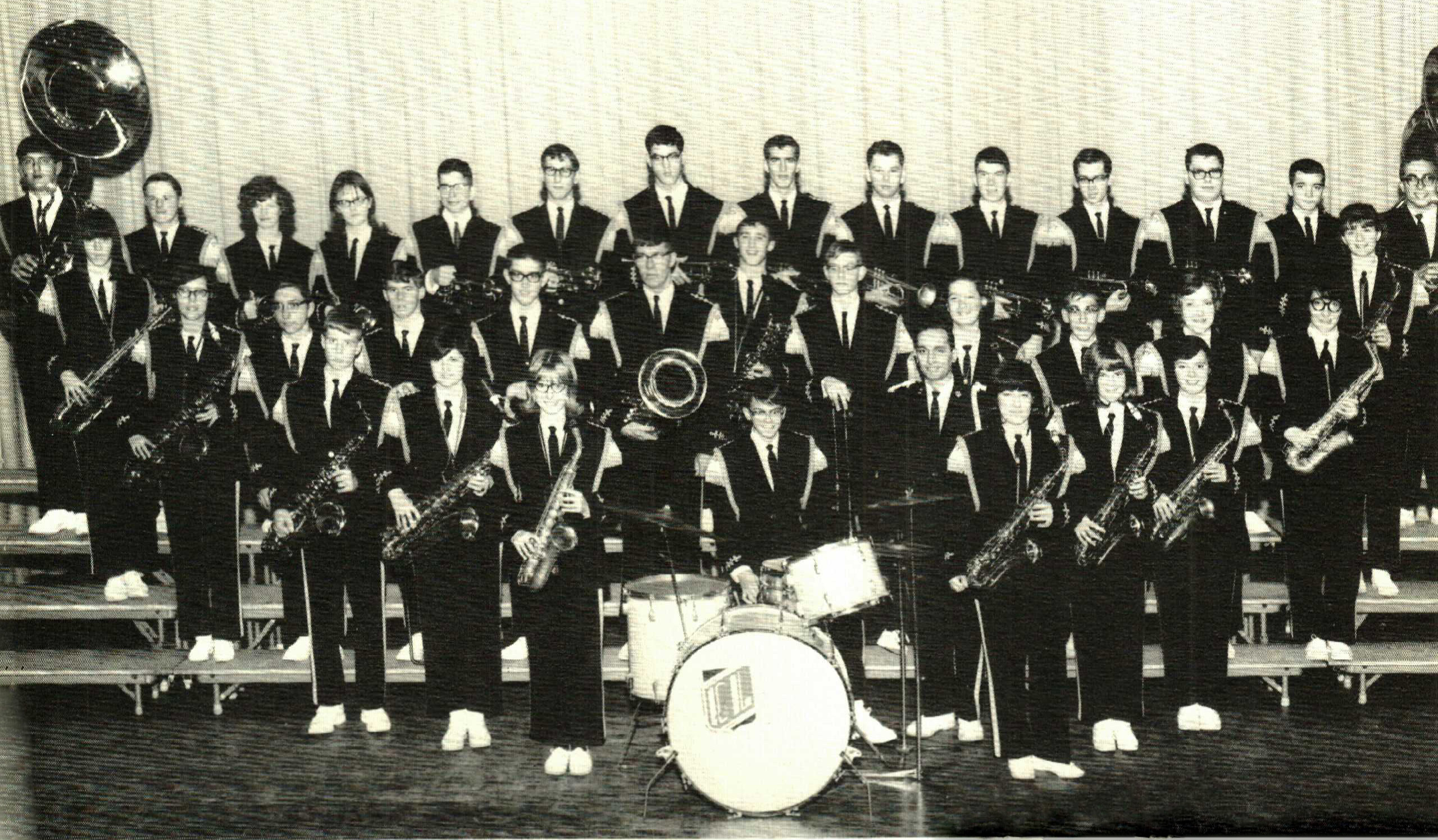Orchestras
- Judy Etzel
- March 18, 2022
- Hidden Heritage
- 5022
The City of Oil City celebrated its 150th anniversary as an incorporated city in 2021. An important part of the city’s historic and unique legacy is its culture, and specifically its music heritage.
Bands and orchestras proliferated in the city, thanks in large part to wealth, talent and appreciation of the musical arts.
There were dozens of concert bands, marching bands, orchestras, dance bands and more in a period that stretched from the 1920s through the 1960s.
Added to the musical heritage category were many small bands comprised of local musicians who would play concert halls, private parties, dances and other venues. The city was known for its unusually large number of bands and orchestras in the 1920s and 1930s, according to press accounts here as well as in large cities that called attention to their performances.
Bands from Titusville, Franklin and Oil City were regularly booked into the Pittsburgh hotels, East Coast resorts, theaters, private club and public concert halls. The musicians played for live radio broadcasts, including WLBW Radio Station upstairs in the Drake Building, and were often featured entertainment at the Latonia and Drake Theaters. Monarch Park regularly showcased local bands during the summer season.
Today, the all-volunteer Mostly Brass, known as Oil City’s hometown band, continues the musical performance history in the city.
Oil City 40 & 8 Band
In World War I, military units entered the service from their hometowns rather than from scattered towns across the U.S.
Musicians from the tri-city area enlisted in the 112th Infantry Band and the contingent was deployed to France. There, they led the American troops to the front, playing music as they marched. Once arriving at that destination, they turned around, marched back to the rear and manned horse-driven carts which they drove to the front again where they served as stretcher-bearers.
The orchestra was conducted by Major D. “Maj” Olmes Sr., an Oil City East Ender. The musicians were described by the military brass as “the best orchestra in the American Expeditionary Forces” in World War I. Just before returning to the U.S., the 112th Regiment Band competed against eight other military bands in LaMans, France, and won first place. The prize was a trip to Monaco.
After the war, many of those local soldiers desired to keep in touch and maintain their friendships. They began playing public concerts in 1918 shortly after returning from the European battlefield.
Eventually, their background as veterans and musicians resulted in the formation of the 40 & 8 Band. The name comes from a World War I experience: servicemen serving overseas were transported to the battlefield in France by French boxcars that were marked 40/8 – the boxcar capacity was 40 men or eight horses. The cars were stenciled with “40 Hommes/8 Chevaux.”
The 40 & 8 Bands were being organized by American Legion posts across the U.S. with the desire to compete at the Legion’s annual conventions. The groups were dedicated to “charitable and patriotic aims.”
In 1929, Lake D. Steffee, commander of the Oil City American Legion Post No. 32, suggested the city should have a band. He worked with Harland Mitchell, who served in the 112th Infantry Band and was music director at the Oil City High School, to organize the post band – the Oil City 40 & 8 Band.
Oil City’s band was different from those elsewhere because the members stayed together and performed all year long rather than at just the Legion’s national conventions.
Membership required more than musical talent: “the highest quality of membership, from both a musical and personal standpoint, and rigid character qualifications are demanded of each member.”
An advisory board was set up with local business owners, elected officials, plant managers and others serving on the panel. The board, said Mitchell, was “the band’s ace-in-the-hole as far as financial support.” At the start, Mitchell was named director of the band and Russell Buckham served as assistant director. Managers were Harry Thompson and J. Walter Fenner. Key positions included H. Merrill Maitland, principal musician; C.W. Rowe, drum major; Maynard Velier, assistant drum major; Dorothy McClure, drum majorette; Harry Fritz, official photographer/sound technician.
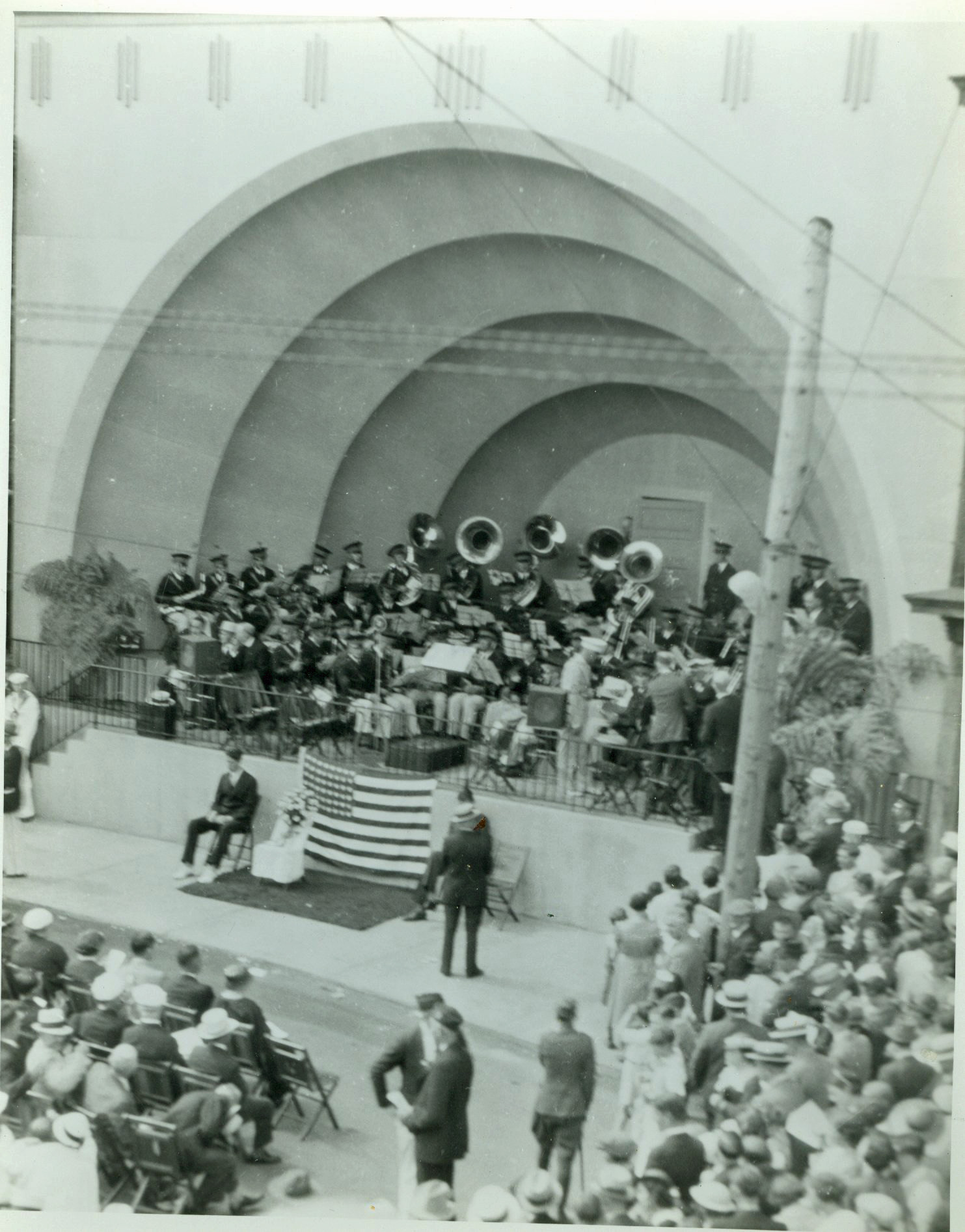
Typically, the band membership listed from 45 to 55 musicians. The members represented more than three dozen local companies or stores with the single largest portion (7 members) coming from Oil Well Supply. That was followed by three each from Wolf’s Head, Joy Manufacturing, and Pennsylvania Electric.
The 40 & 8 Band held its first public concert on Nov. 7, 1929, at the Latonia Theater. All proceeds went to buy blue band uniforms and white drum major and color guard attire. The community was generous in supporting the Oil City 40 & 8 Band, buying uniforms, paying for trips and purchasing sheet music. The local band had a 3,000-sheet music collection, an unusually large amount for a marching band. The repertoire ranged from show tunes to love songs, novelty pieces and classical works. One observer noted “the group could play everything from ‘Anchors Aweigh’ to ‘Alexander’s Ragtime Band’.”
The band won 12 consecutive best-of-the-bands national titles from 1946 to 1958 and was known across the U.S. as “the premiere town band.” In addition to performances in big cities across the U.S., the Oil City 40 & 8 Band played a concert series each summer at the Rickards Memorial Bandshell on Central Avenue as well as performing regularly at city playgrounds and family reunions in Hasson Park.
In its heyday, the Oil City 40 & 8 Band was known as “Oil City’s Ambassadors of Good Will” with its members publicizing the town and its industries before millions during its appearances across the U.S.
The band broke up in the late 1950s because of time and age constraints. In 1986, a few of the 40 & 8 Band members regrouped and, along with new musicians, formed Mostly Brass to continue the tradition of Oil City’s community band.
The Symphony Orchestra
Meanwhile, another musical venture was also inspired by local men’s service as musicians in World War I. Olmes, director of the 112th Infantry Orchestra in France, and fellow veterans formed the Inter-City Symphony Orchestra in 1926. Olmes served as director of the 40-member orchestra whose members lived in Oil City, Titusville and Franklin. The orchestra offered all types of music with the violin section at 15 instruments being the largest section.
In 1947, the orchestra reorganized as the Oil City Civic Orchestra. Rehearsals were held in the second floor auditorium of the Oil City Library.
On April 6, 1947, the 55-member orchestra presented its first public concert at the Knights of Columbus Hall. Sponsored by the K of C and the Oil City Elks Club, it was open free to the public. More than 600 people attended.
Within a year, the name was changed to the Oil City-Franklin Civic Orchestra. The concerts were popular, noted the press: “In each concert, the audience showed an appreciation by its prolonged applause accorded to each selection and the orchestra was obliged to respond with several encores.”
The orchestra remained active through the early 1950s.
There were several other orchestras in the area, too. They included the Merle Keyes Orchestra, George Castle and his Castle Nova Orchestra, Fred Ingraham’s Orchestra, the Jerry Chic Orchestra, the Ted Williamson Orchestra, and the Mickey McCullough Orchestra.
Monarch Park boasted two Franklin orchestras: the Ackley Orchestra and the Goss-Green Orchestra. Numerous Oil City churches, including the Good Hope Lutheran Church, boasted their own orchestras.
Lots of Bands
There were plenty of venues, too.
While local theaters and clubs were typical band-playing sites, there were numerous dance halls. One of the largest was the King’s Palace, a dance hall and picnic pavilion on the Oil City-Fryburg Road. Volunteer fire departments, too, boasted many dances featuring live band music. The Sugarcreek Pavilion and the Franklin Club were popular performance sites.

A listing of local bands during the 1920s through the 1960s is lengthy. They included the Jack Wilson Band, Clyde Golden and his Pennsylvanians, Peach Baker and her Kings of Harmony, Curley Williams and his Club, Wes Law’s Band, the Carl Brozeski Quintet, the Carl Hedglin Trio, the Fenders, the Quadsmen, the Dixielanders and the Bob English Quartet.
Still enduring is Franklin’s Silver Cornet Band. Organized in 1856, it is known today as America’s oldest town band.
One band in the 1920s through 1940s took advantage of the bandleader’s name: Major Olmes and his Regiment of Rhythm. While also in charge of the local orchestra, Olmes played in the Paul Whiteman Band. His brother, Hugh, played in Roger Wolfe Kahn’s Orchestra and Happy Felton’s Orchestra in New York City before joining the Regiment of Rhythm. Another brother, Philip, also played for other dance bands until signing up with his brother.
The ensemble boasted an unusual twist – three French horn players in a dance band. In 1938, the French horn trio made a record with the Happy Felton Orchestra and also worked in a movie short in New York City.
One of their regular performance sites was the Hotel Webster Hall in Pittsburgh. A Pittsburgh newspaper columnist wrote, “A nicer gang of clean-cut boys you never did see and, what music! Pardon me, while I get on my dancing shoes.”
The featured vocalist was Jean Dunbar, described by reviewers as a gifted pianist, bass player and “blond and beautiful.”
Longtime Marchers
Two musical groups that also marched in Oil City were the Indian Bonnets, a precision drill and majorette team, and Dotty Lou Lauer’s All-American Majorettes and Marching Corps.
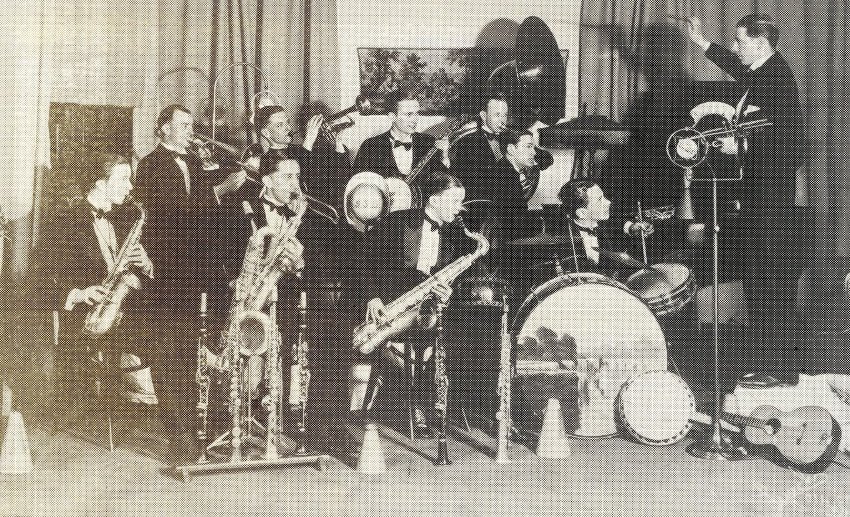
The Indian Bonnets, described as “one of Oil City’s liveliest youth groups,” were a popular parade entry in the 1950s and 1960s. It was started in 1954 by Margaret and Maynard Velier, owner of the Brigg’s Hosiery Shop on the city’s South Side.
Margaret was the instructor of the majorette team while Maynard was in charge of the marching drill team, complete with instrumentalists and a wealth of drummers. Maynard was considered one of the nation’s premiere drum majors and was known in press accounts as “the dean of American flag throwers who excelled in the art of flag spinning.”
In the mid-1950s, there were 78 members. The red and white Native American costumes featured new feathered headdresses made in “Minnesota in the Indian Territory.” Practices for the youngsters, ages eight to sixteen, were held during the summer at the 7th Street Playground and in winter at the former Northwest Pennsylvania Bank at the corner of State and East First.
Dance instructor Dotty Lou Lauer had a dance studio on the South Side. At its height, the All-American Majorettes and Marching Corps numbered 75 members in 1966.
In tri-state competitions, the group won scores of trophies, pennants and blue ribbons for their outstanding performances. One top honor was winning the prestigious Maid of the Mist Championship for five consecutive years.
The organization disbanded in 1973.
Written by Judy Etzel with research by Kay Dawson and design by Natalie Cubbon.
HIDDEN HERITAGE IS SPONSORED BY:
Oil Region Alliance
Belles Lettres Club of Oil City
Gates & Burns Realty
Support This Project
Donations to the library are appreciated to help offset printing costs & make this project possible! Want to become a sponsor? Email us at promotions@oilregionlibraries.org to get started!
Make a Donation
